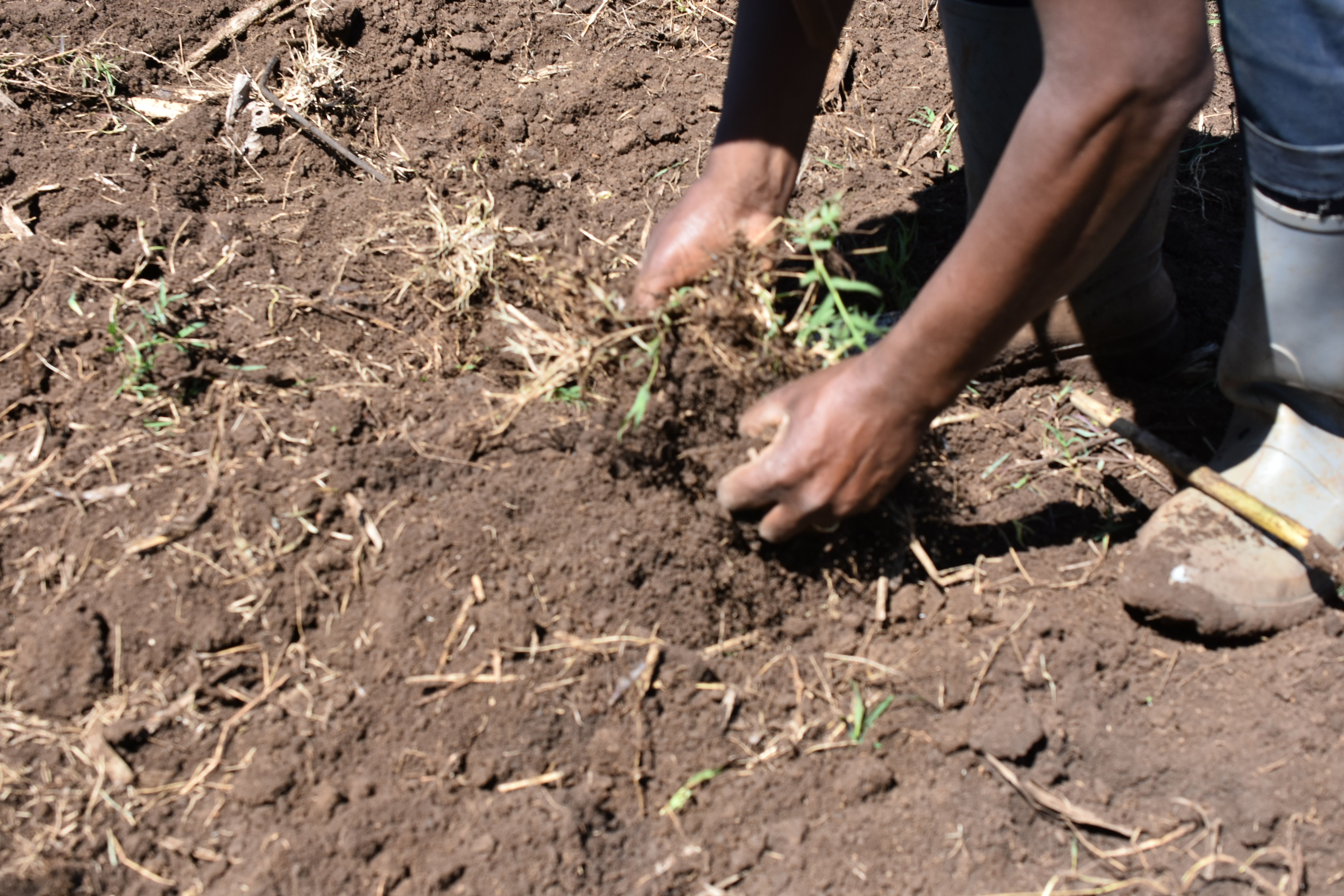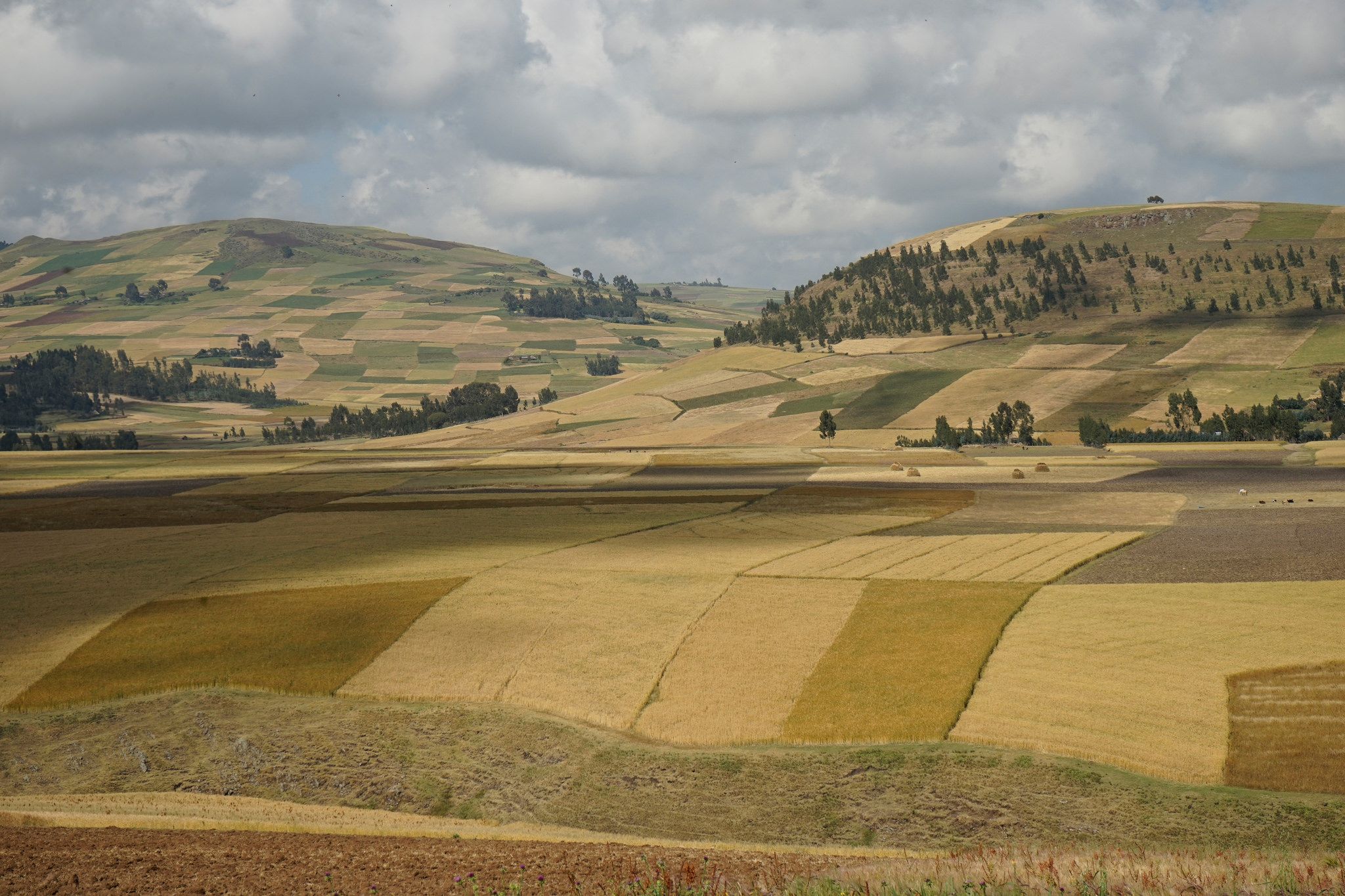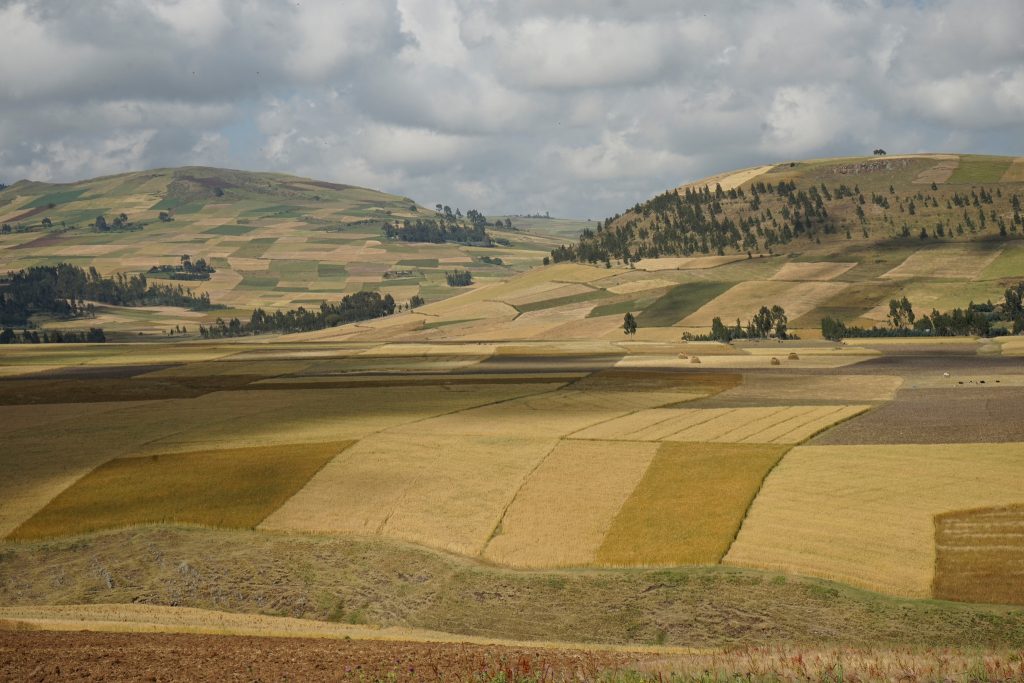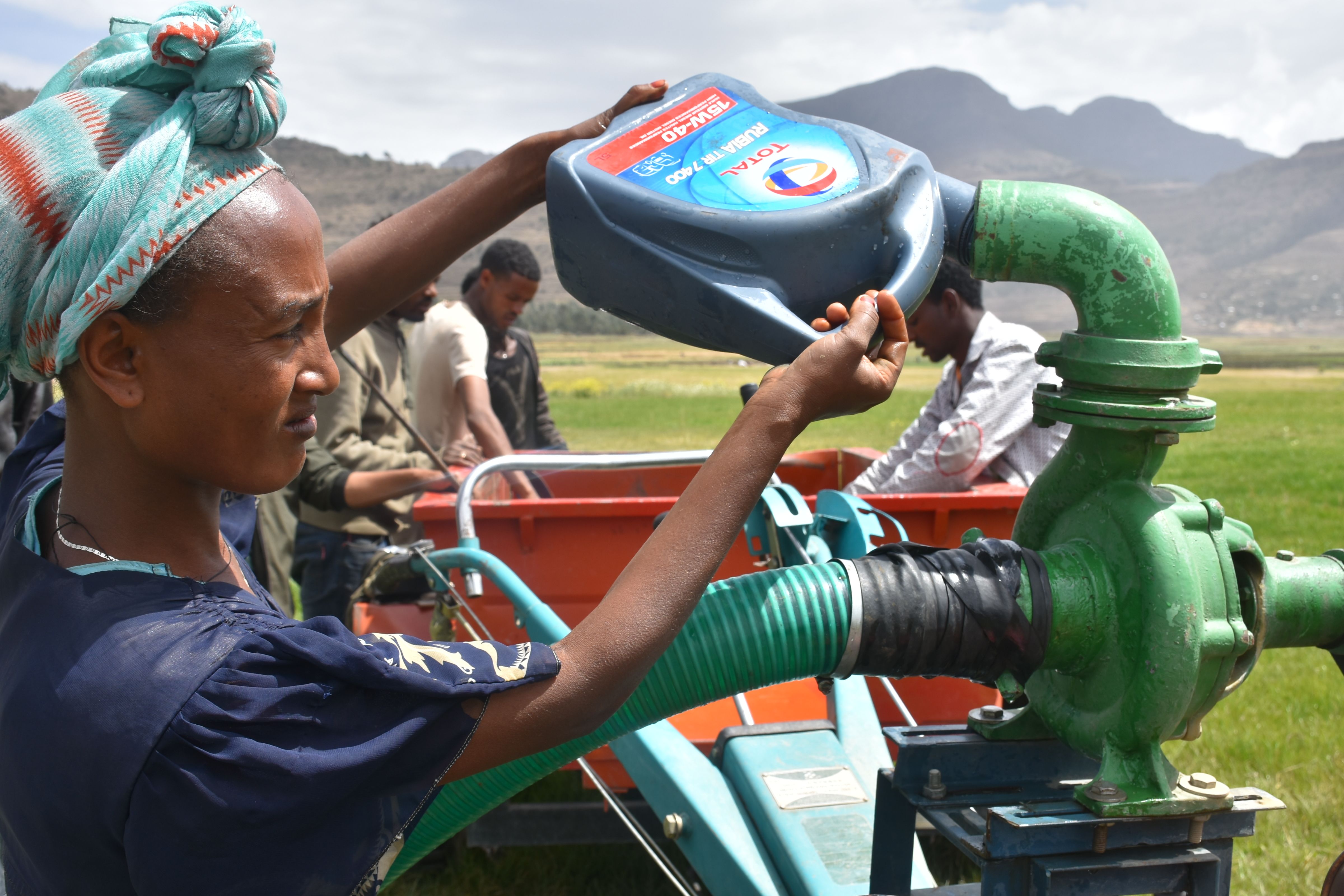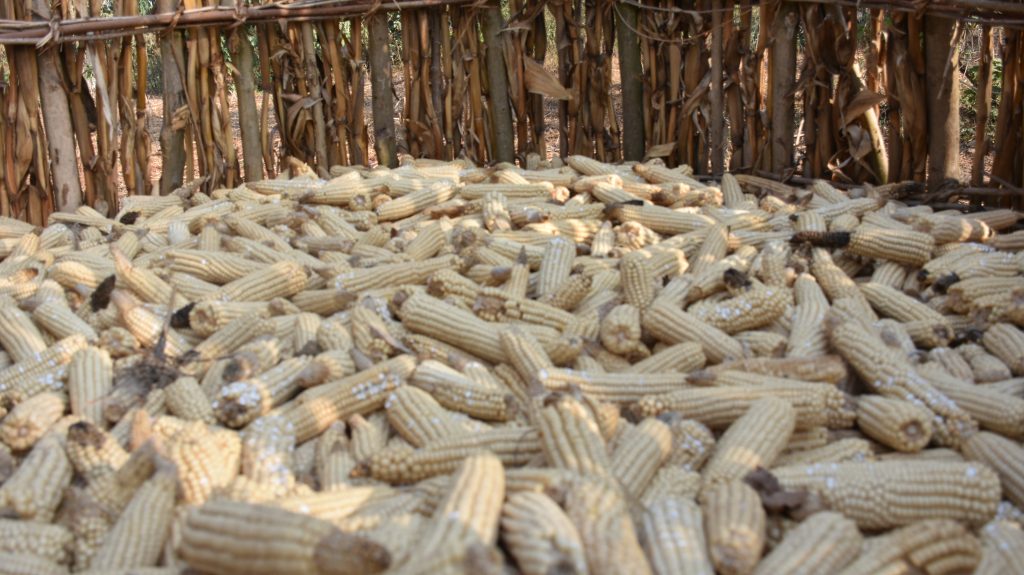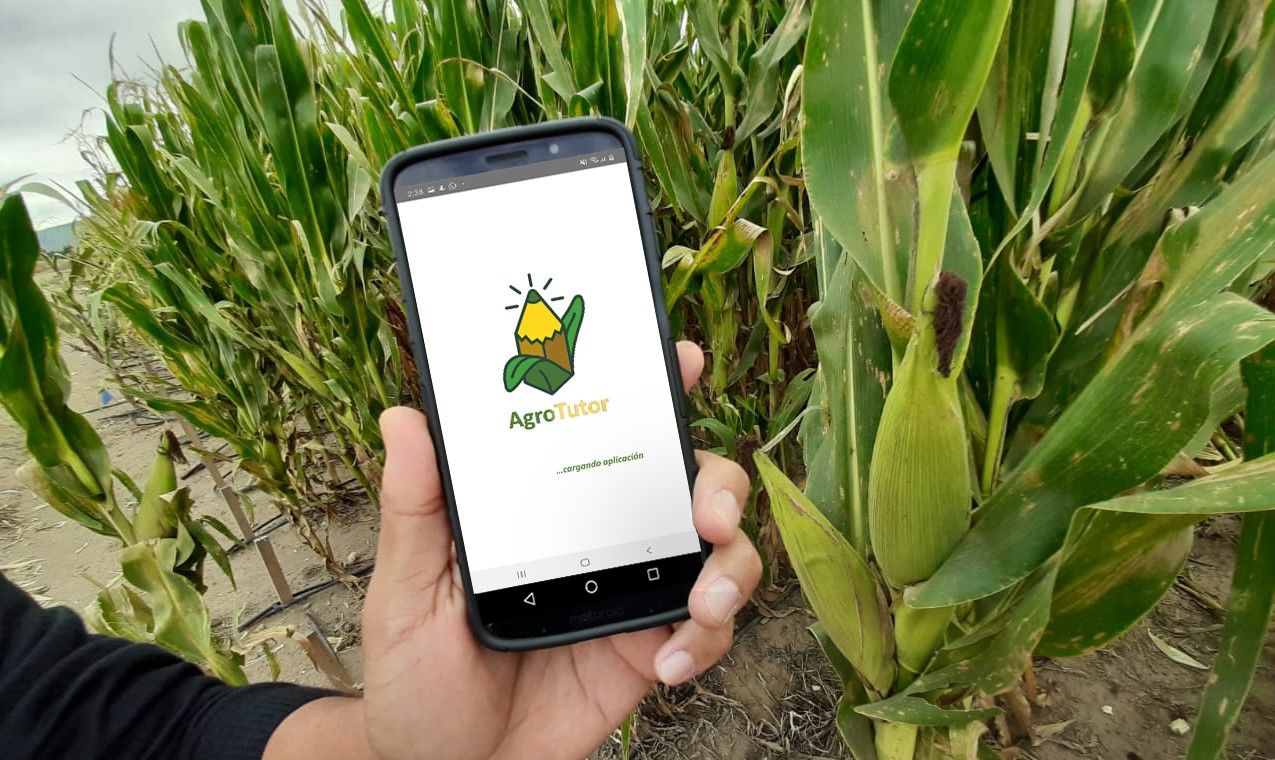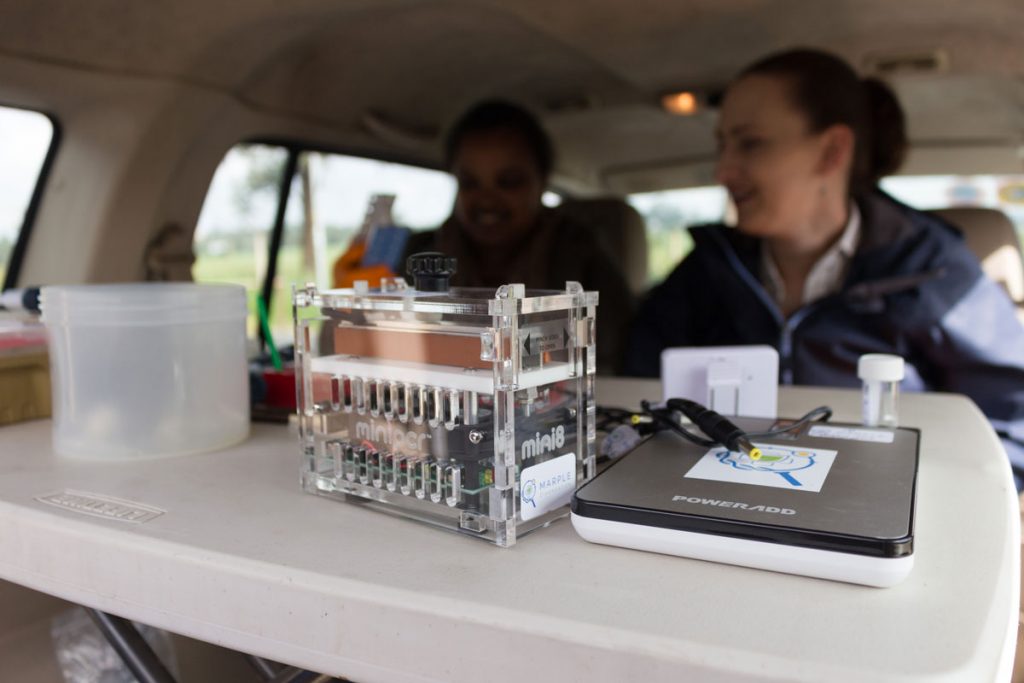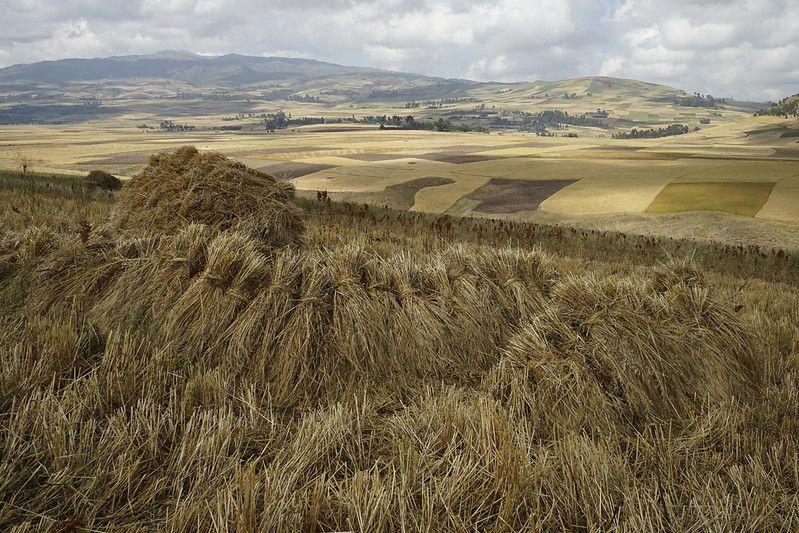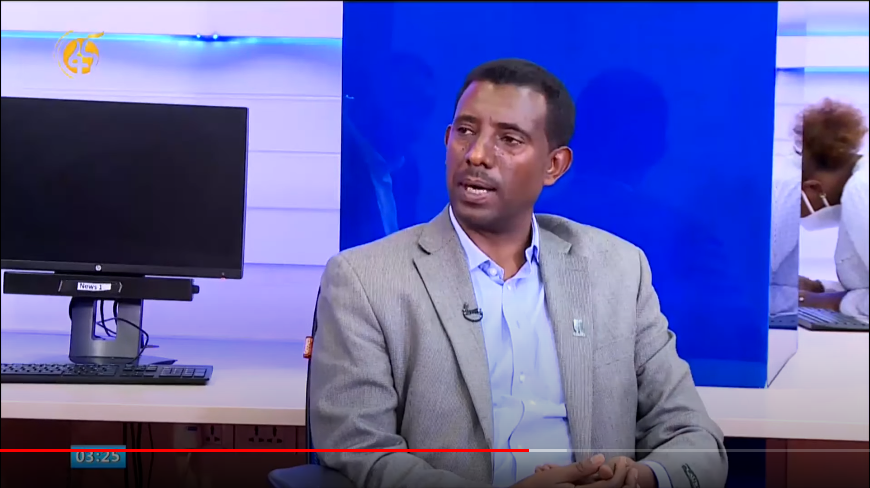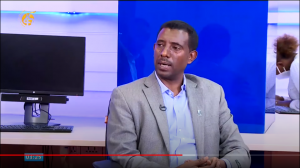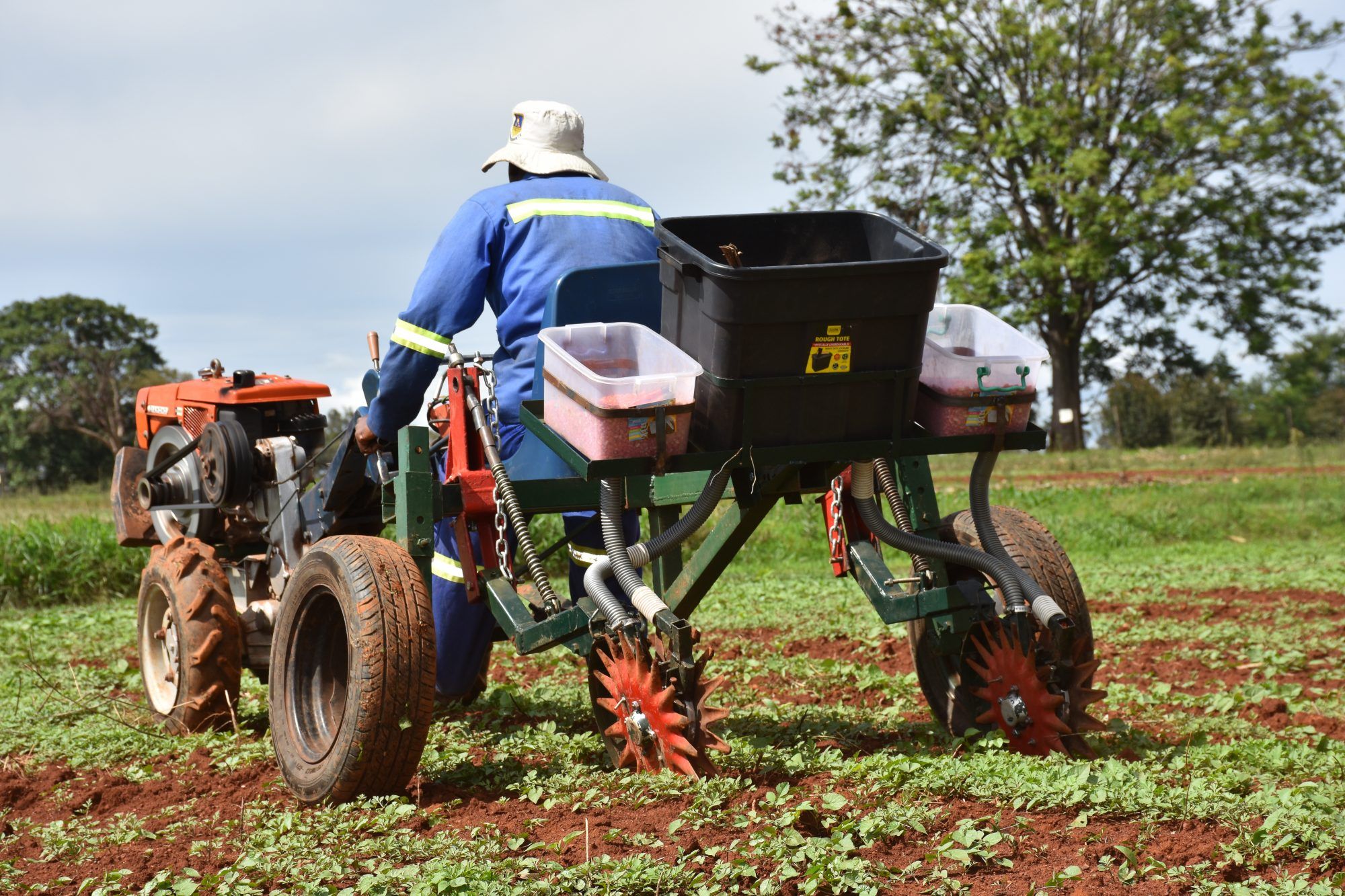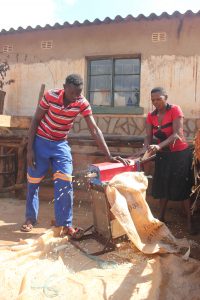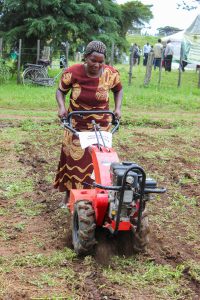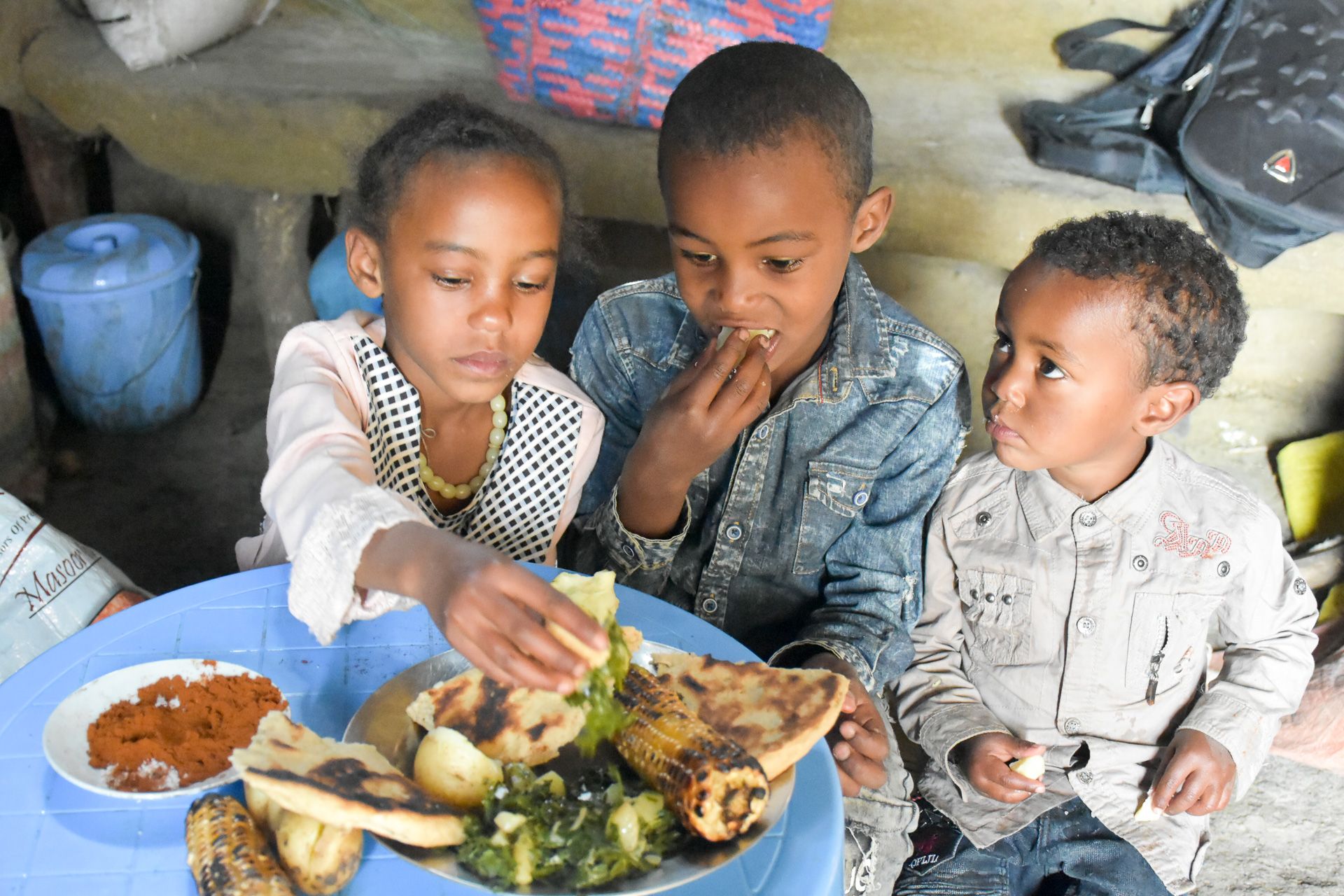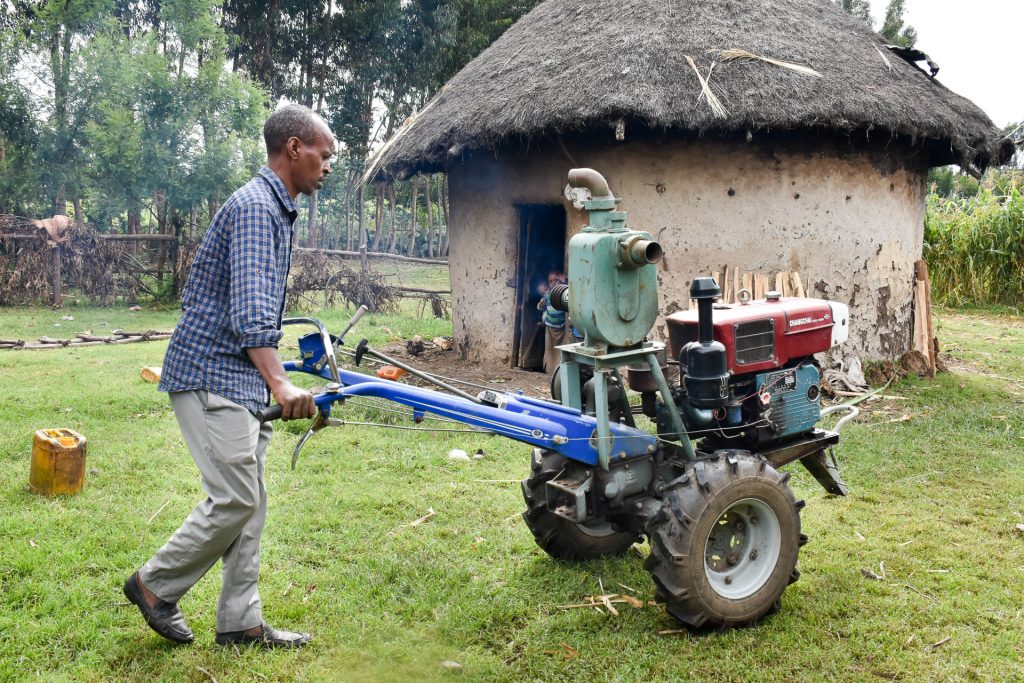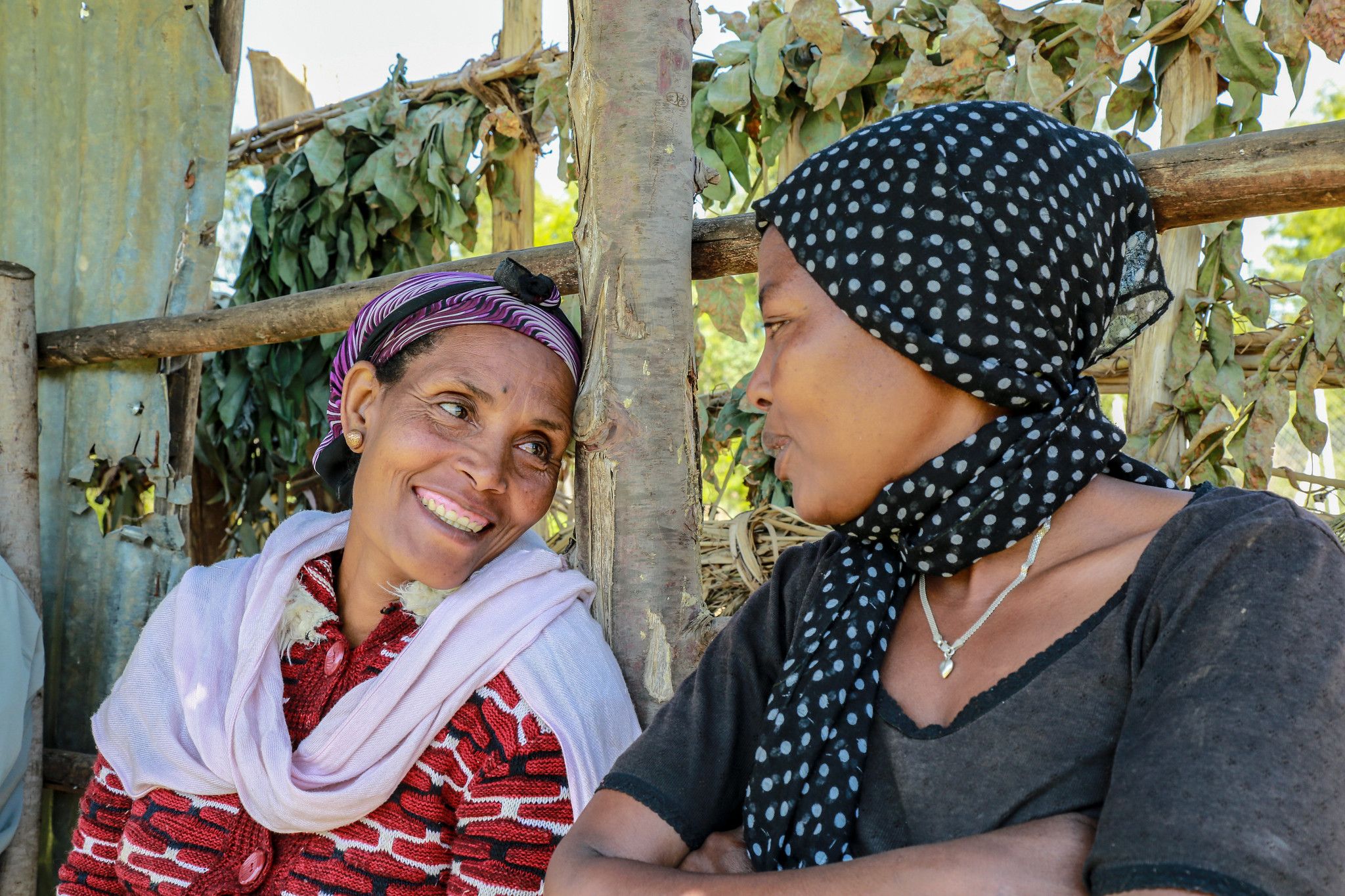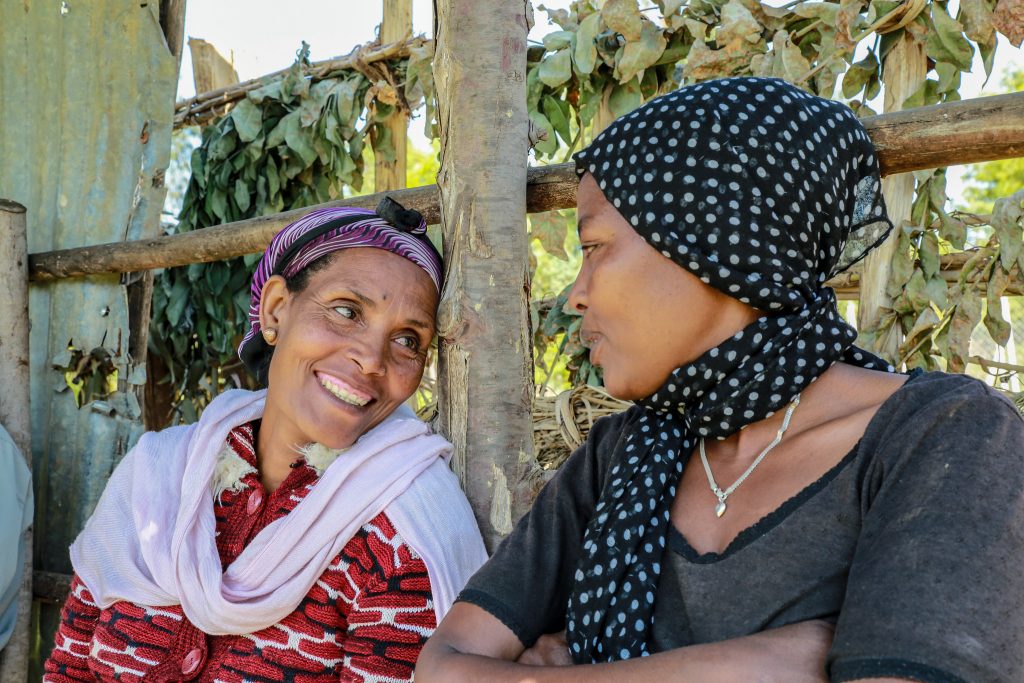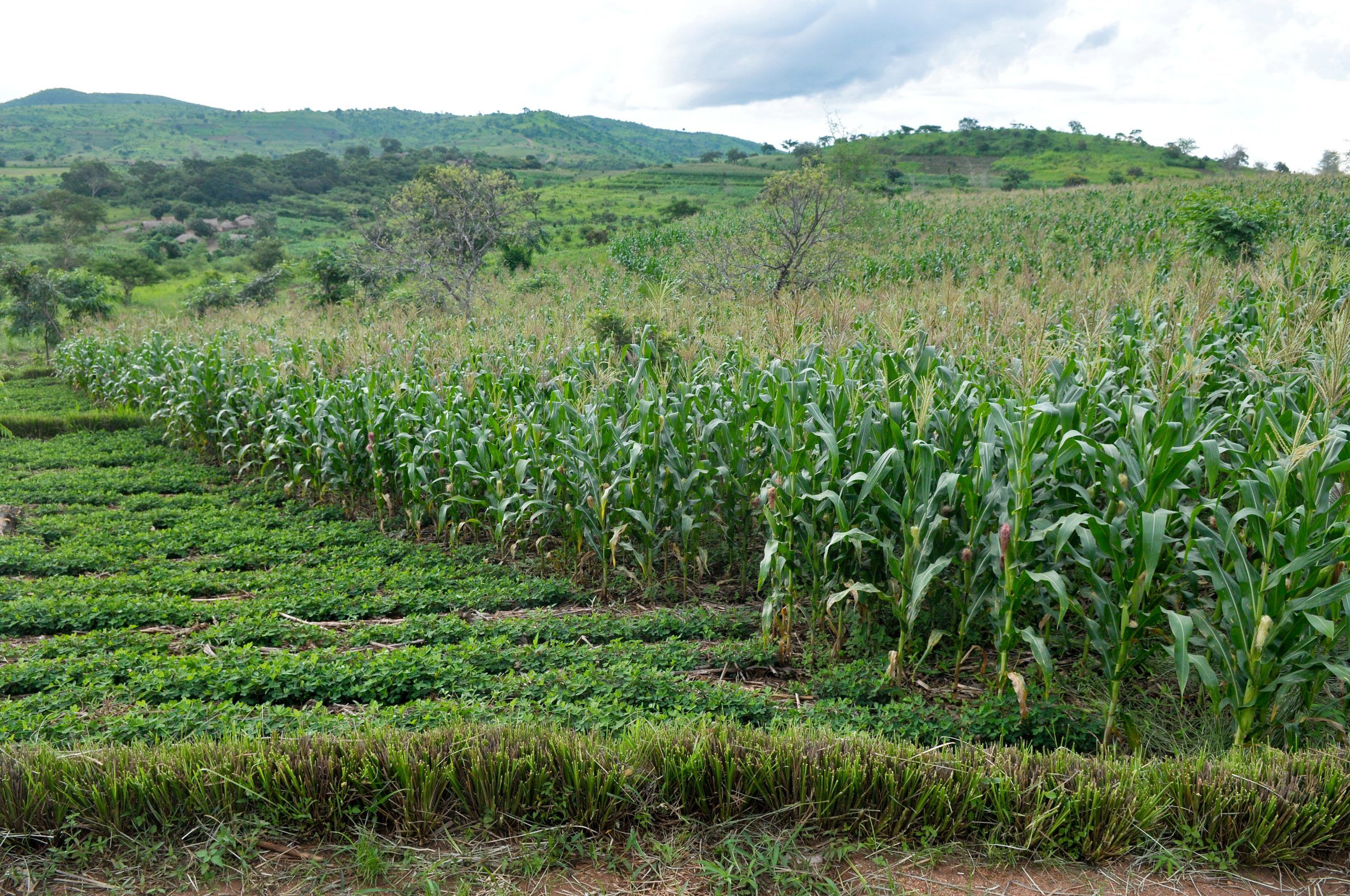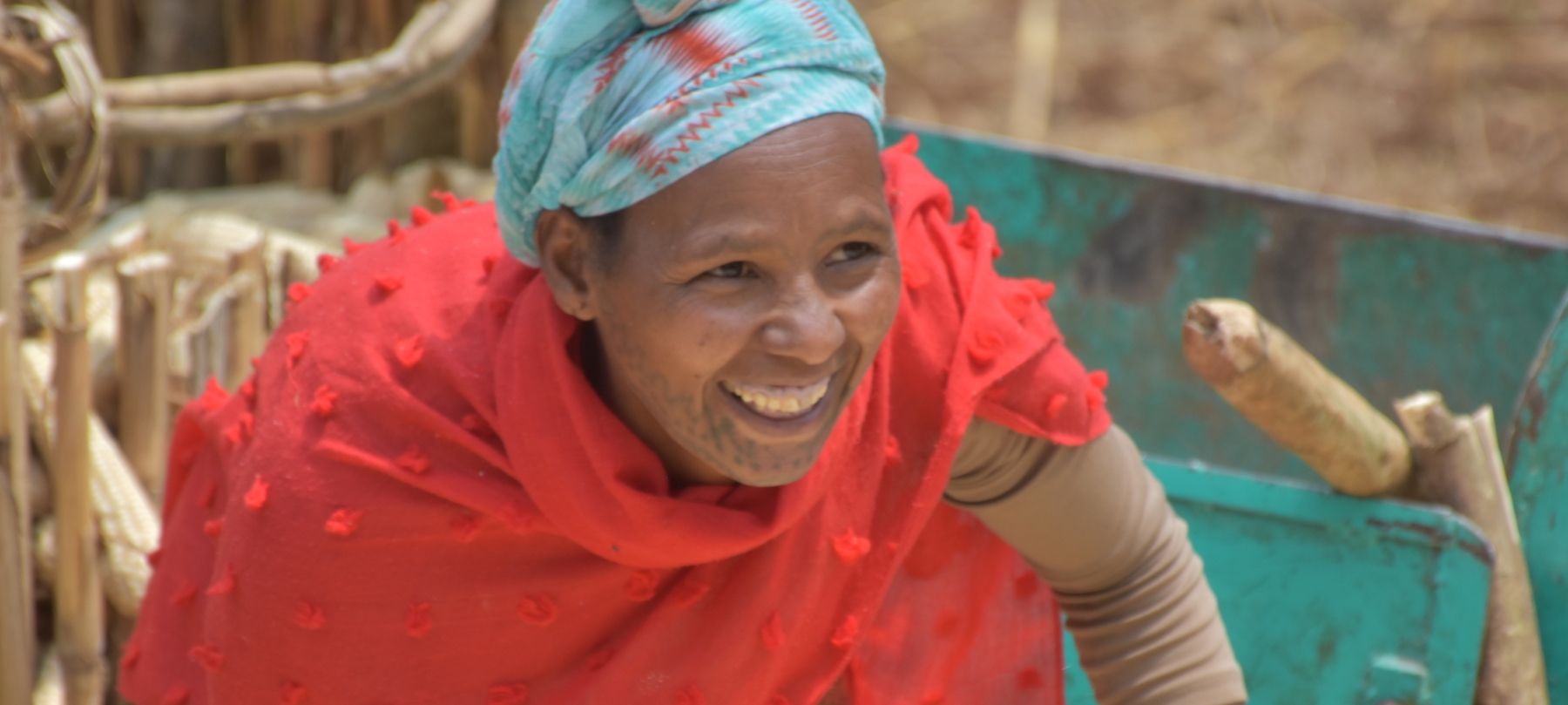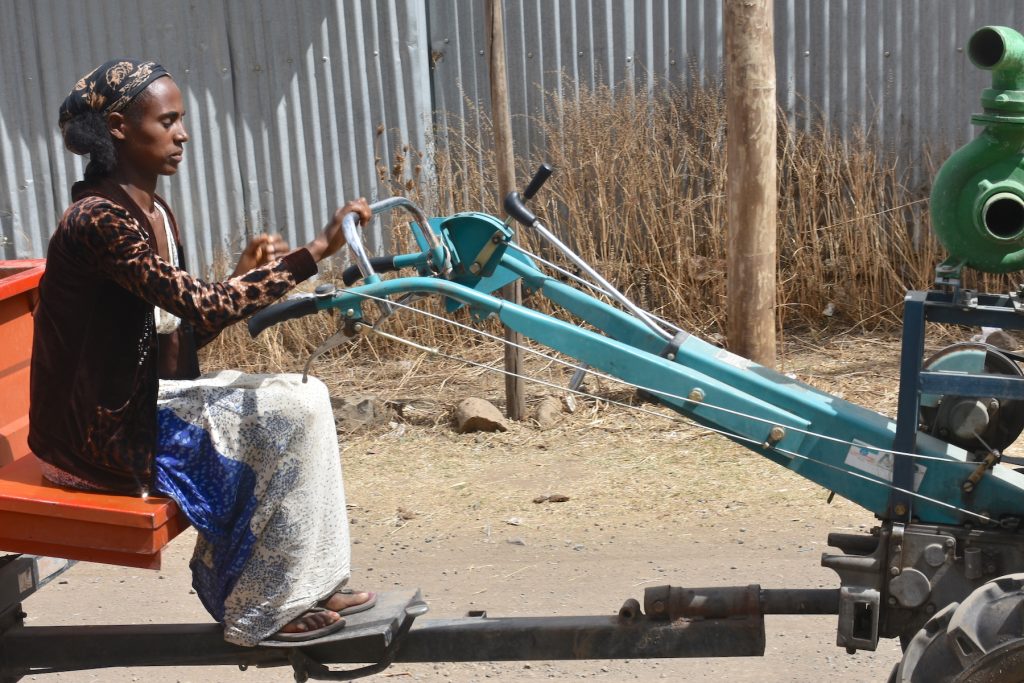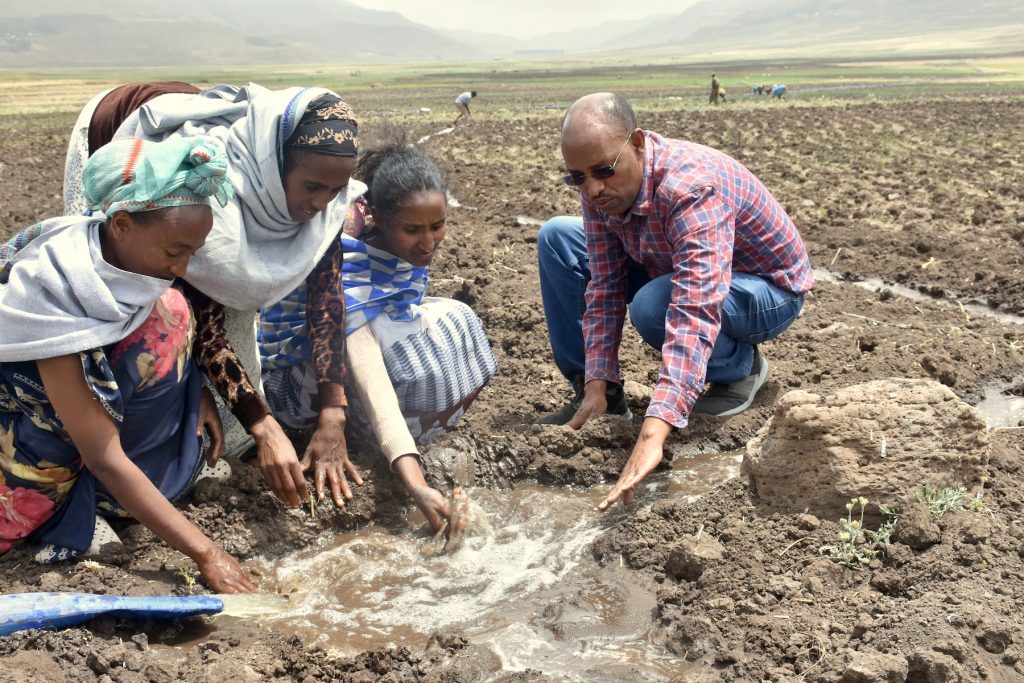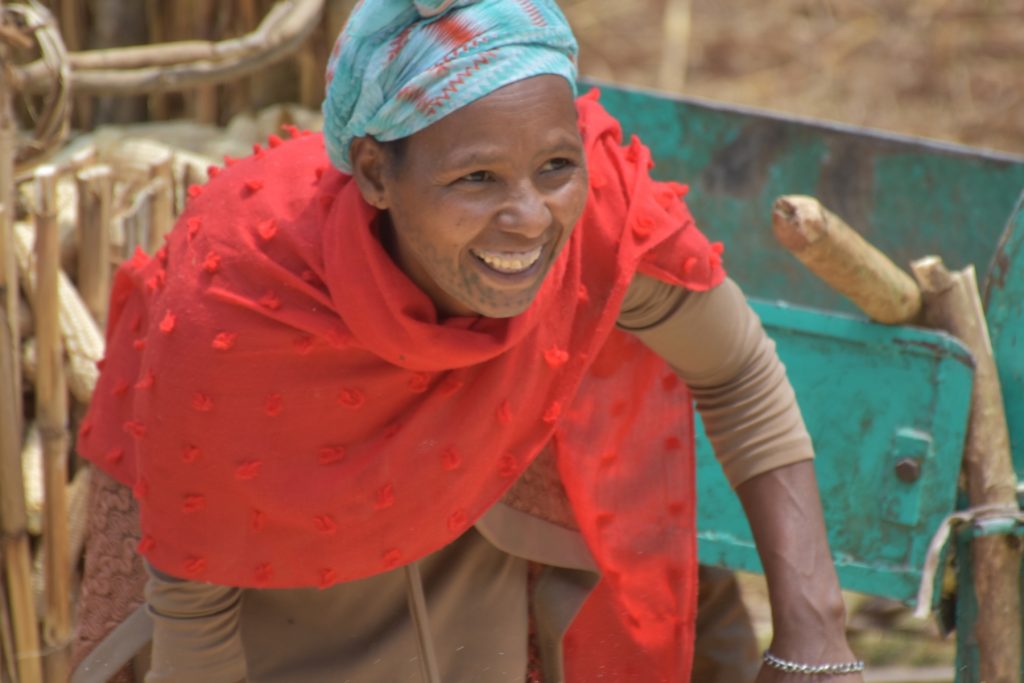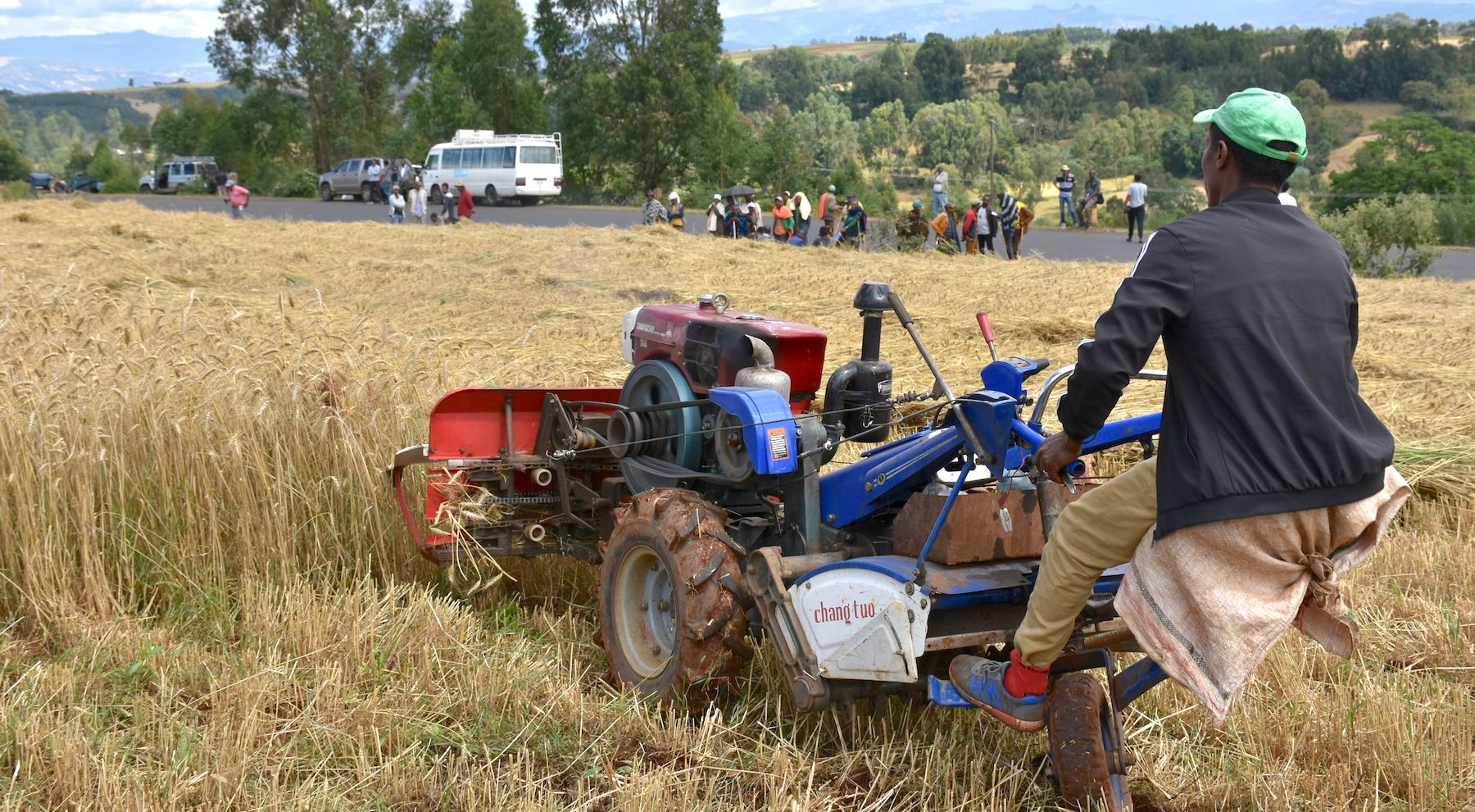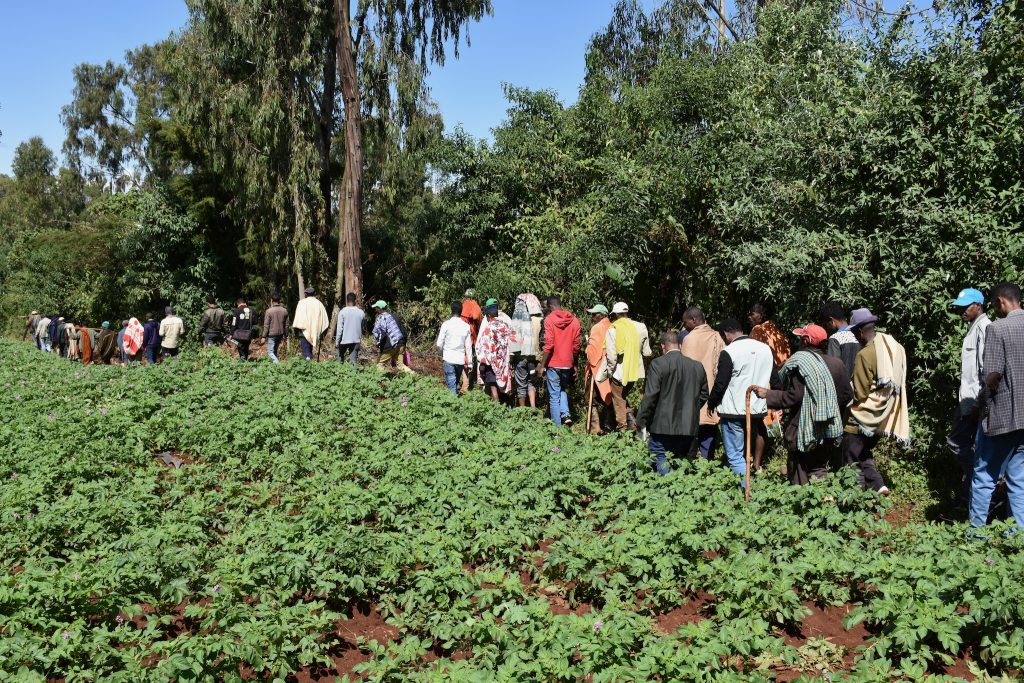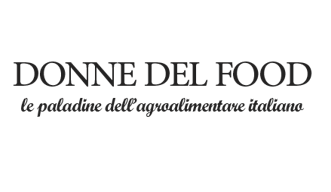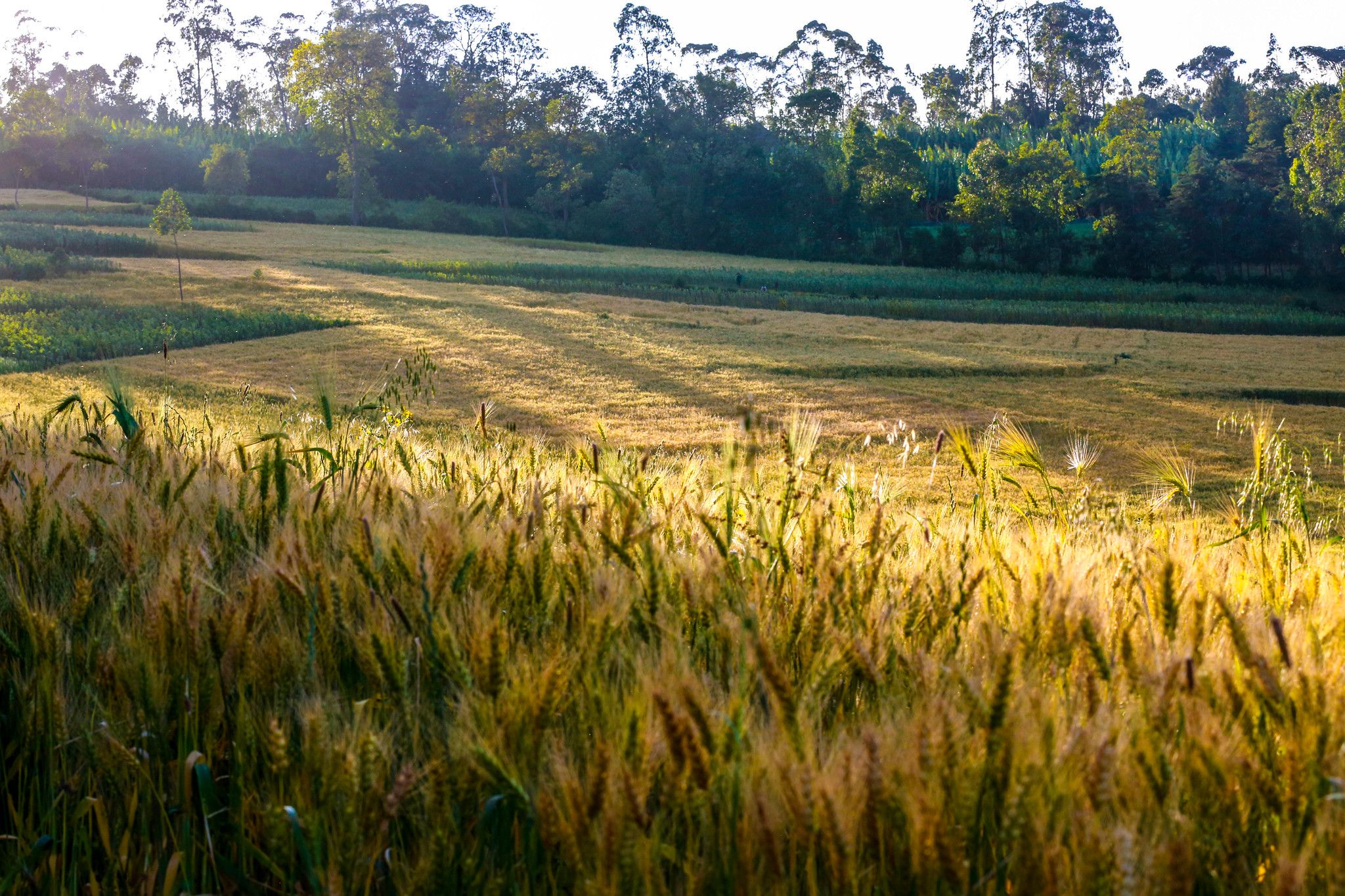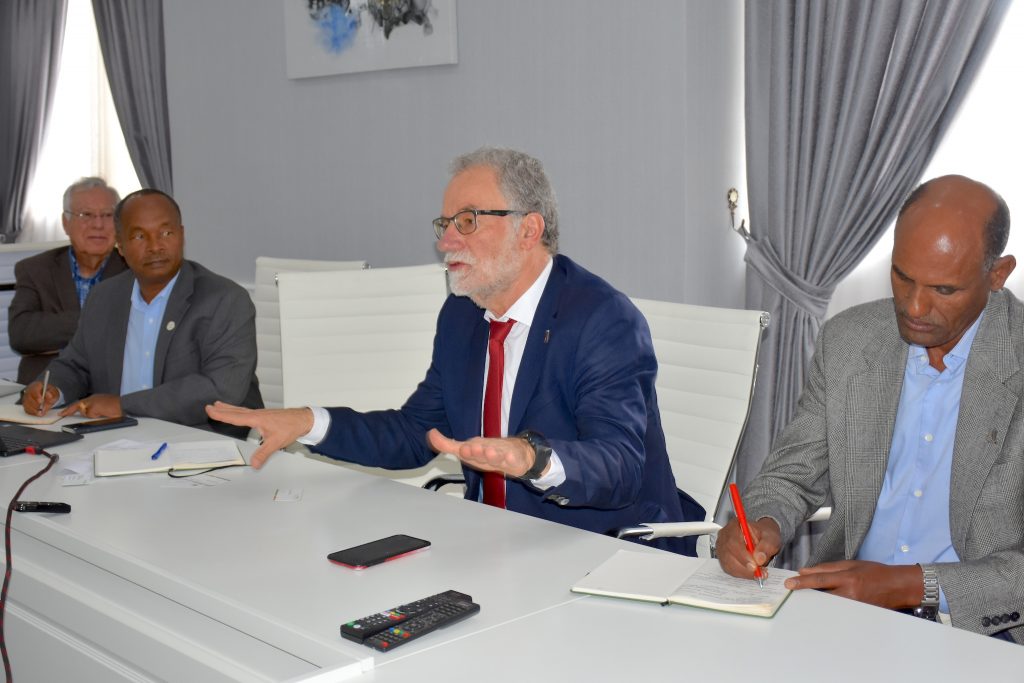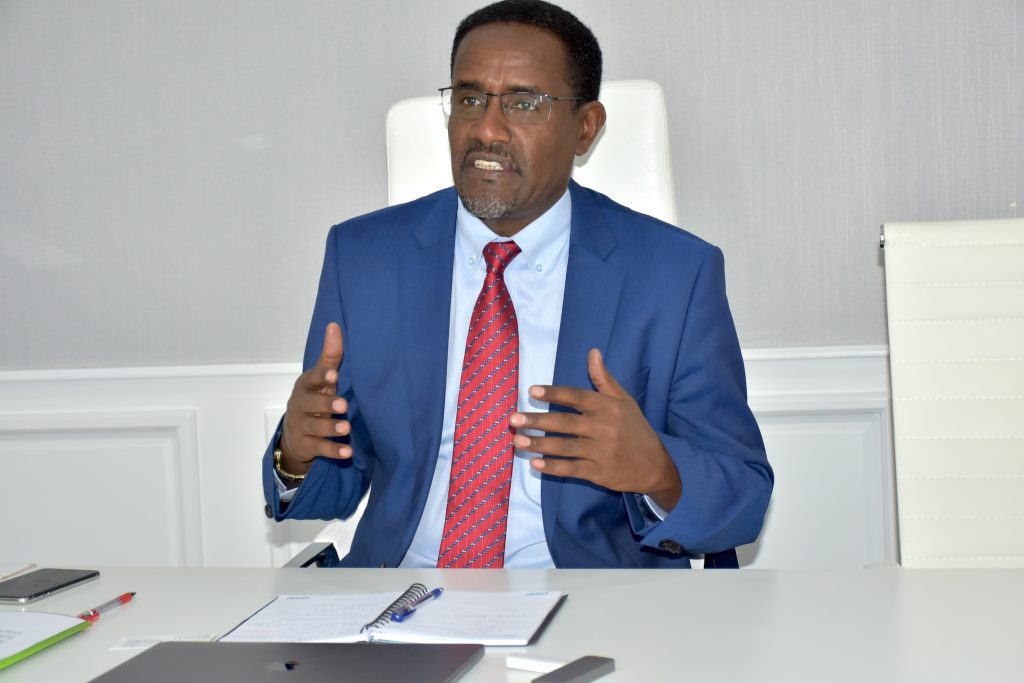Taking stock of the national toolbox
The Government of Ethiopia has consistently prioritized agriculture and sees it as a core component of the country’s growth. However, despite considerable efforts to improve productivity, poor management of soil health and fertility has been an ongoing constraint. This is mainly due to a lack of comprehensive site-and context-specific soil health and fertility management recommendations and dissemination approaches targeted to specific needs.
The government envisions a balanced soil health and fertility system that helps farmers cultivate and maintain high-quality and fertile soils through the promotion of appropriate soil-management techniques, provision of required inputs, and facilitation of appropriate enablers, including knowledge and finance.
So far, a plethora of different research-for-development activities have been carried out in support of this effort, including the introduction of tools which provide location-specific fertilizer recommendations. For example, researchers on the Taking Maize Agronomy to Scale in Africa (TAMASA) project, led by the International Maize and Wheat Improvement Center (CIMMYT), have created locally calibrated versions of Nutrient Expert® (NE) — a tool for generating fertilizer recommendations — for maize farmers in Ethiopia, Nigeria and Tanzania.
Nutrient Expert® is only one of the many fertilizer recommendation tools which have been developed in recent years covering different levels of applicability and accuracy across spatial scales and users, including smallholder farmers, extension agents and national researchers. However, in order to make efficient use of all the resources available in Ethiopia, there is a need to systematically evaluate the merits of each tool for different scales and use cases. To jump start this process, researchers from the TAMASA project commissioned an assessment of the tools and frameworks that have been developed, adapted and promoted in the country, and how they compare with one another for different use-cases. Seven tools were assessed, including Nutrient Expert®, the Ethiopian Soil Information System (EthioSIS) and RiceAdvice.
For each of these, the research team asked determined how the tool is currently being implemented — for example, as an app or as a generic set of steps for recommendation generation — and its data requirements, how robust the estimates are, how complicated the interface is, how easy it is to use, the conditions under which it performs well, and the spatial scale at which it works best.

Combining efforts and information
The results of this initial assessment indicate that the type of main user and the scale at which decisions are made varied from tool to tool. In addition, most of the tools considered have interactive interfaces and several — including Nutrient Expert® and RiceAdvice — have IT based platforms to automate the optimization of fertilizer recommendations and/or analyze profit. However, the source codes for all the IT based platforms and tools are inaccessible to end-users. This means that if further evaluation and improvements are to be made, there should be a means of collaborating with developers to share the back-end information, such as site-specific response curves and source codes.
Because most of the tools take different approaches to making fertilizer application site-specific, each of them renders unique strengths and trade-offs. For example, Nutrient Expert® may be considered strong in its approach of downscaling regionally calibrated responses to field level recommendations based on a few site-specific responses from farmers. By contrast, its calibration requires intensive data from nutrient omission trials and advice provision is time consuming.
Overall, the use of all the Site-Specific Decision-Support Tools (SSDST) has resulted in improved grain yields compared to when farmers use traditional practices, and this is consistent across all crops. On average, use of Nutrient Expert® improved maize, rice and wheat yields by 5.9%, 8.1% and 4.9%, respectively. Similarly, the use of RiceAdvice resulted in a 21.8% yield advantage.
The assessment shows that some of the tools are useful because of their applicability at local level by development agents, while others are good because of the data used to develop and validate them. However, in order to benefit the agricultural system in Ethiopia from the perspective of reliable fertilizer-use advisory, there is a need to develop a platform that combines the merits of all available tools. To achieve this, it has been suggested that the institutions who developed the individual tools join forces to combine efforts and information, including background data and source codes for IT based tools.
While the COVID-19 pandemic has disrupted efforts to convene discussions around this work, CIMMYT has and will continue to play an active advocacy role in supporting collaborative efforts to inform evidence-based reforms to fertilizer recommendations and other agronomic advice in Ethiopia and the wider region. CIMMYT is currently undertaking a more rigorous evaluation of these tools and frameworks as a follow up on the initial stocktaking activity.
